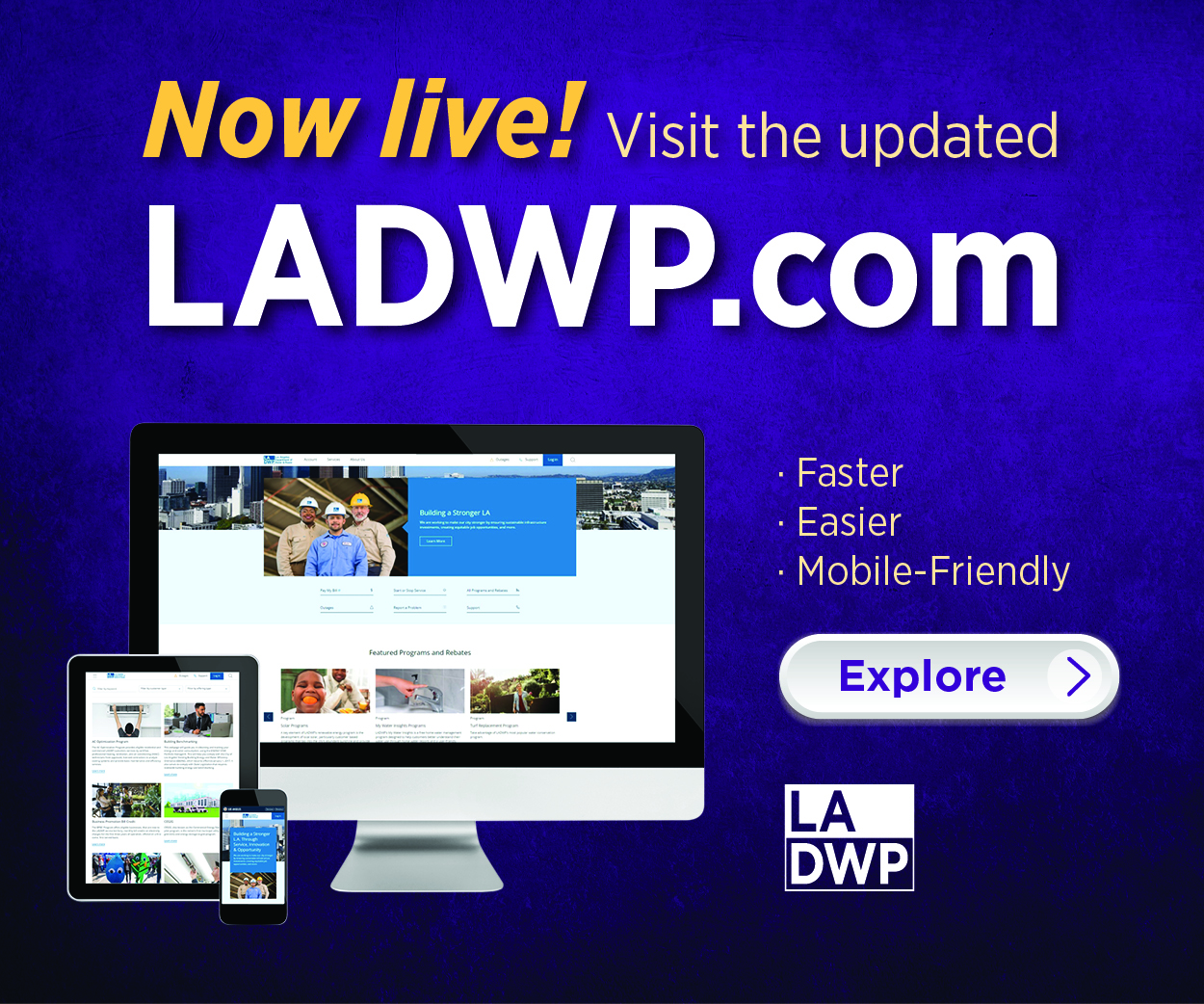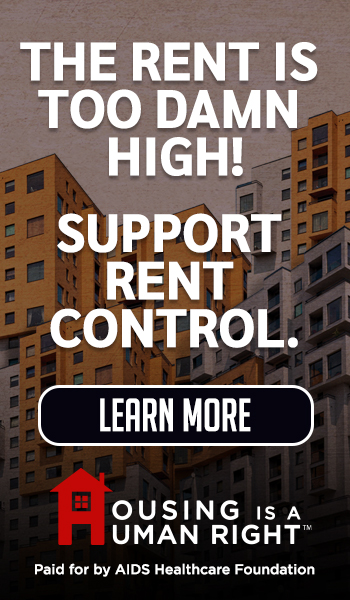Comments
VIEWPOINT - In Los Angeles, they came at night, black helmets, tactical gear, no names, no insignia. Protesters were seized and loaded into unmarked vans. No one knew who they were. No one could ask. Their faces were hidden. Their power, absolute.
We are entering an era in which the agents of state power no longer have faces.
Across the country, from ICE raids in upstate New York to militarized police responses in Atlanta, Chicago, and Portland, Americans are increasingly encountering law enforcement officers whose identities are concealed. Their names stripped from their badges. Their faces obscured by masks, goggles, and helmets. Their authority rendered anonymous.
The stated rationale is familiar: protection from doxxing, retaliation, or targeted harassment. And in an age of hyper-polarization and digital vigilantism, those concerns are not entirely unfounded. Legendary FBI agent Ali Soufan has argued, “Visibility puts a target on your back in the age of online extremism.” That may be true. But the inverse—faceless authority—puts a target on democracy itself.
At what point does protecting the enforcer obscure the principle of enforcement?
A democracy policed by faceless enforcers is not merely a tactical adaptation. It is a philosophical departure.
In literature, masks symbolize both freedom and concealment, rebellion and repression. Oscar Wilde famously quipped, “Give a man a mask and he’ll tell you the truth.” But there’s another truth lurking beneath: masks don’t just enable expression; they also enable erasure.
Social psychologists have long understood this. In 1969, Stanford researcher Philip Zimbardo conducted a now-classic experiment in which participants donned hooded robes and were instructed to administer electric shocks to others. Unsurprisingly, the masked participants delivered higher shocks, exhibiting greater aggression and reduced empathy.
This so-called “deindividuation effect” has been replicated in numerous contexts. Even in a Halloween study, researchers observed that masked children were significantly more likely to steal extra candy than their unmasked peers. The lesson was simple and unsettling: even children know that a hidden face grants permission to break the rules.
In law enforcement, this dynamic becomes especially perilous. When anonymity is combined with state power, group identity can override personal conscience.
The history of masked violence in America is not speculative; it is foundational. The Ku Klux Klan’s hooded anonymity wasn’t an incidental flourish; it was central to their terror. By day, Klan members were judges, sheriffs, or civic leaders. By night, they became ghosts, free to punish without consequence.
Elsewhere in history, masks served similar purposes. In Nazi Germany, SS and Gestapo agents wore masks during night raids, not only to instill fear but also to psychologically distance themselves from their crimes. In Chile under Pinochet, secret police donned balaclavas while abducting dissidents. In Iran under the Shah, SAVAK agents masked their faces during torture sessions to erase accountability.
This tactic is a hallmark of authoritarian regimes: concealment of identity to enable unchecked violence.
It is crucial to approach such parallels with care. No one is saying that masked ICE agents in American cities are equivalent to Gestapo squads in Berlin. But the comparison should serve as a warning, not a distraction. The issue isn’t whether history is repeating perfectly, but whether we are ignoring its lessons.
Of course, law enforcement officers face real threats. They have been harassed, doxxed, even targeted for violence. Those risks are serious and deserve attention. But the solution cannot be to erode public accountability.
We do not allow judges to hide their names. We do not permit anonymous juries. Our system of justice, however imperfect, relies on visible responsibility. To abandon that ideal in the name of safety is to accept a dangerous new social contract: one in which power is no longer reciprocal, only projected.
But here’s the hopeful truth: when communities resist the normalization of masked authority, they can win.
In Portland, Oregon, residents sued to stop federal agents in unmarked uniforms from detaining protesters. The lawsuits forced federal agencies to disclose operational details and spurred new rules requiring visible identification for federal officers during crowd control operations.
In 2020, New York State repealed 50-a, a law that had shielded police disciplinary records from public view. This happened only after years of grassroots organizing by groups like Communities United for Police Reform, which argued that anonymity breeds impunity.
And in Oakland, California, community activists successfully pushed for the adoption of rules requiring all officers to display badge numbers and name tags during public demonstrations, even if wearing riot gear.
These victories didn’t happen overnight. They were the result of sustained advocacy, public pressure, and legal challenges. And they remind us: faceless authority can be challenged, but only if people refuse to accept it as inevitable.
The logic of masking metastasizes. Today it may be ICE. Tomorrow it could be traffic cops, school resource officers, or regulators enforcing housing codes and environmental policy. Once anonymity is normalized, it is almost impossible to roll back.
Imagine being confronted by a law enforcement officer whose face is completely obscured. What feelings would that evoke? Fear? Confusion? Powerlessness? These are not accidental responses. Perhaps that is the point.
But a free society does not function on intimidation.
We live in an open society. Police do not rule us; they serve us. They are sworn to uphold the Constitution. To wear a badge is to accept a burden, to be known, to be restrained by the public’s gaze.
The philosopher Michel Foucault warned that power is most effective when it is least visible. But the inverse is also true: power is most just when it is most seen.
A democracy cannot thrive on ghosts. It requires people, real, visible people, making visible decisions in the full light of day.
As citizens, we can:
Demand transparency laws that ban face-covering in non-high-risk operations.
Support local watchdog journalism that documents abuse of anonymity.
Join campaigns for demilitarizing police departments and banning unmarked uniforms during public interactions.
Insist on civilian oversight boards with real teeth to enforce accountability.
The mask is not a neutral tool. It is a statement. And it is one that a free society cannot afford to make lightly.
If we want a future where power serves people, not the other way around, it begins with insisting that authority shows its face.
(George Cassidy Payne is a freelance journalist, poet, and philosophy educator based in Rochester, New York. He writes about politics, art, culture, and justice for local and national outlets, with a focus on human rights, nonviolence, and civic life. A longtime suicide prevention counselor and nonprofit strategist, his work explores how individuals and communities can resist despair and reclaim agency.)






